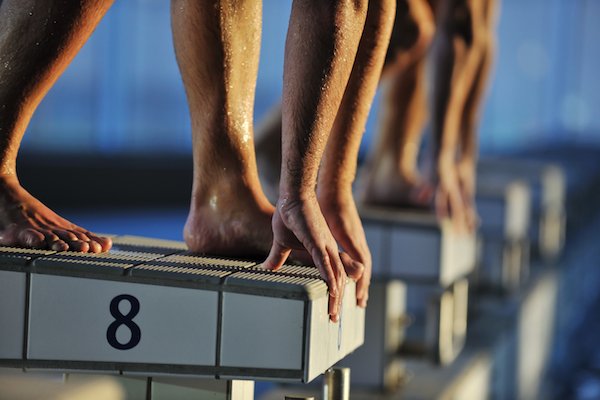With every ripple and stroke, swimming attracts audiences with its blend of athletic prowess, grace, and sheer determination. It’s a sport with a rich past, constantly evolving while staying true to its core values of pushing human limits and fostering international competition.
From its ancient origins to its evolution into a diverse spectrum of events, swimming isn’t just a sport – it’s a spectacle celebrating human athleticism and perseverance on the grandest stage. Let’s take a plunge into the fascinating history of swimming at the Olympics:
A History Steeped in Tradition:
- Early Beginnings: While ancient Greeks incorporated swimming competitions into their Olympic Games, the modern era saw swimming debut at the very first Summer Olympics in 1896 in Athens. Back then, only men participated in freestyle events, a far cry from the diverse program we witness today.
- Evolution of the Sport: The early years saw men’s swimming events dominate, with diving joining the program in 1904. Women finally entered the competition in 1912, initially participating in freestyle and breaststroke before gradually expanding to other disciplines.
- Dominant Forces: The United States has traditionally been a powerhouse in Olympic swimming, famously claiming all swimming gold medals at the 1948 London Games. However, other nations like Australia, Hungary, and Germany have also emerged as strong contenders, creating a fiercely competitive landscape.
Beyond the Numbers:
- More Than Medals: While the five Olympic rings symbolize the unity of the world’s continents, swimming events held special significance in the early years. Competitions took place in open water, challenging athletes to adapt to varying wave depths and currents, far removed from the controlled environment of modern pools.
- From Survival to Style: The evolution of swimming attire is itself a fascinating journey. Early male swimmers competed in full-body suits, prioritizing practicality over speed. It wasn’t until 1946 that shorter, more streamlined suits were introduced, and the iconic butterfly stroke only entered the Olympic program in 1956. This shift highlights the transformation of swimming from a test of endurance to a sport emphasizing form and efficiency.
Beyond the Pool:
- Synchronized Spectacle: While swimming takes center stage, synchronized swimming, formerly known as artistic swimming, adds another layer of artistic expression to the Games. Debuting in 1984, it showcases intricate choreography, technical mastery, and grace underwater, capturing audiences’ hearts with its unique blend of athleticism and artistry.
- Breaking Barriers: The introduction of the mixed-gender 4x100m medley relay in 2020 marked a significant step towards inclusivity and gender equality in swimming. This historic event symbolizes the evolving landscape of the sport, embracing diversity and encouraging collaboration between genders.
As we look ahead to future Olympic competitions, the allure of swimming events remains undimmed. From the individual pursuit of excellence to the collaborative spirit of relays, swimming at the Olympics continues to evolve and captivate audiences worldwide. Whether you’re mesmerized by the raw power of the 100m freestyle or awestruck by the synchronized artistry of the duet competition, one thing is certain: swimming will leave its mark on Olympic history for years to come.







